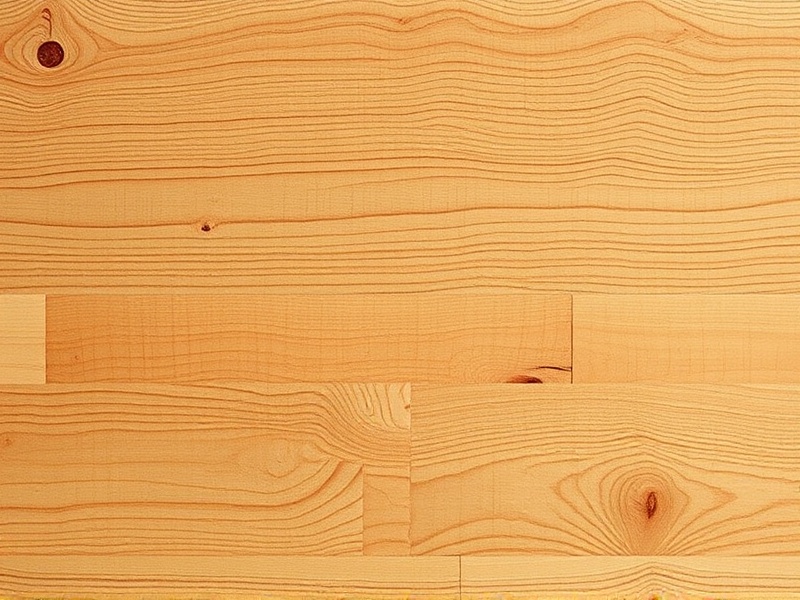Our Location
304 North Cardinal St.
Dorchester Center, MA 02124
Discover the full meaning and applications of WPC boards in construction and design. This article breaks down the unique properties and benefits of WPC boards.

WPC (Wood Plastic Composite) boards are an innovative building material that combines the strength and natural aesthetics of wood with the durability and low-maintenance properties of plastics. These boards have gained popularity in recent years due to their versatility and eco-friendliness. In this article, we will delve into what wpc board meaning is, how they are composed, their manufacturing process, and how they compare to traditional wood and plastic materials.
WPC boards are primarily made up of wood fibers or sawdust, which provide the board with its structural integrity and aesthetic appeal. These wood particles are then mixed with thermoplastic resins, such as polyethylene, polypropylene, or PVC, which act as a binding agent and give the composite material its durability and resistance to moisture. Additionally, additives like colorants, UV stabilizers, and lubricants may be included to enhance the performance and appearance of the final product. The exact composition can vary depending on the manufacturer and intended use, but generally, WPC boards contain between 30% to 70% wood fiber and 70% to 30% plastic by weight.
The production of WPC boards typically involves several steps. First, the raw materials (wood fibers and plastic resins) are mixed together in precise proportions. This mixture is then heated and extruded through a die to form the desired shape and size of the board. During this process, the material is subjected to high temperatures and pressure, which help to bond the wood fibers and plastic resin thoroughly. Once cooled, the boards are cut to standard dimensions and can undergo further processing such as surface treatments or coating to improve their appearance and functionality. The entire manufacturing process is designed to produce a consistent, high-quality product that meets industry standards and customer expectations.
Compared to traditional wood and plastic materials, WPC boards offer several distinct advantages. Unlike untreated wood, WPC boards are highly resistant to moisture, rot, and insect damage, making them ideal for outdoor applications where exposure to the elements is common. They also do not require regular maintenance like painting or sealing, which reduces long-term costs and environmental impact. While plastics can be lightweight and durable, they often lack the warmth and natural look that wood provides. WPC boards strike a balance between these two extremes, offering a more sustainable alternative without compromising on aesthetics or performance.
The use of WPC boards in construction projects offers numerous benefits. For instance, they can be used for decking, fencing, siding, and other architectural features that require both beauty and resilience. Their low maintenance requirements make them particularly attractive for commercial buildings, public spaces, and residential properties where frequent upkeep can be costly and time-consuming. Furthermore, WPC boards contribute to sustainable development efforts by utilizing recycled wood waste and reducing reliance on virgin timber resources. As awareness about climate change grows, so does the demand for eco-friendly building materials like WPC boards.
FSC Certified Wood Products: A Guide for Consumers and Businesses